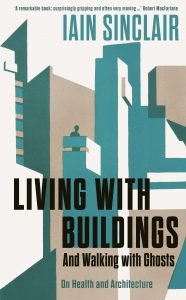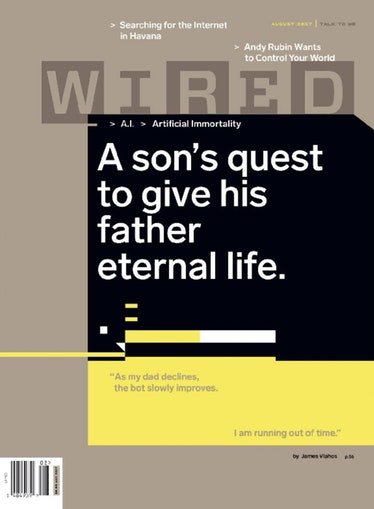Research Project – Update 01
Well, the research proposal has been submitted, peer grading has happened and I’ve had some feedback from Rachel about some good topics to follow up on. This post will detail some of this feedback, and preliminary steps that I’m taking now.
As a rule (based on exactly one experience with it so far) I’m not a massive fan of Peergrade. My previous experience with it yielded no insightful feedback – and that was fair enough, given that our whole class was only 6 weeks into the course.
This time around was different, I had some very handy notes and references which I’ll incorporate into my research.
My project deals with memory, and how it may be analysed and framed in a computational way. The first piece of feedback I received pointed me towards the artist Rafik Anadol who created an exhibition called “Melting Memories” which deals with how the brain recalls memories. It looks beautiful and is based in EEG data collection so has a strong scientific focus. Really interesting stuff. It’s based on a deep learning paper: Bashivan, et al. “Learning Representations from EEG with Deep Recurrent-Convolutional Neural Networks. International conference on learning representations(2016)
The second useful bit of info from Peergrade was to look up the author Iain Sinclair who writes vividly about his travels through London, in an evocative and haunting fashion. He deals with psychogeography and memories of place, which links in to the geographical aspects of my project. I’m interested in breaking down the visual language of the landscape and analysing these components in a decontextualised fashion. I’ve picked up a copy of “Living with Buildings” and it’s proving an amazing, moving read.


Final feedback came in person from Rachel Falconer, and it was great bouncing the idea off her. Through our discussion she’s pointed me toward the topic of memory studies, and told me about an artist from MIT who famously created the “DadBOT” – a cybernetic AI figuration of his late father. Before his father died from cancer he recorded myriad stories, and got further stories from family and friends and compiled them all into a simple AI that could respond in a fashion similar to the Stelarc head. It’s an interesting concept, perhaps more literal than what I’m planning on exploring but very useful to see how the practice can shape the artefact and inform the process.
Rachel also pointed me towards Digital Ethnographic Principles by Sarah Pinks which I’ve yet to check out but seems like a great resource.
Most importantly we discussed my traditional way of working, which is “make first, figure it out later”, and basically agreed that this project should definitely be research led. Ideas before Practice! At least this time.
Let’s see how it goes. Main takeaway at this point – Peergrade is not entirely useless!
